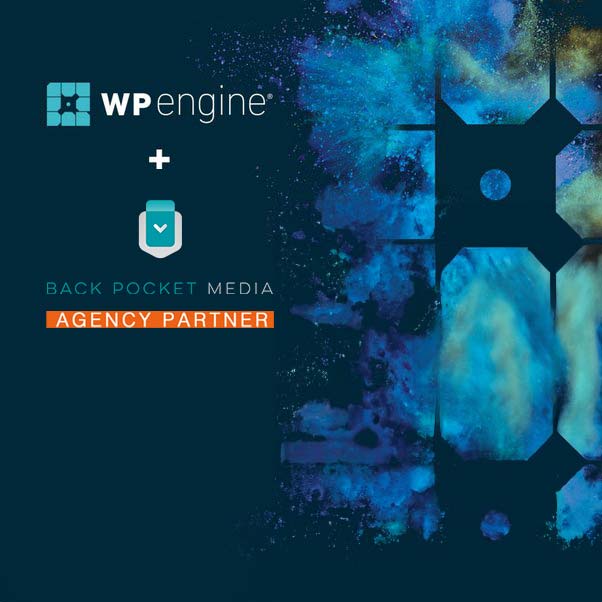Description
Page Speed Boost is a performance WordPress plugin that automatically handles cloud-based optimization of the frontend of your website through:
Caching
- Advanced Caching – Advanced caching involves storing pre-rendered or optimized versions of your website’s pages and assets, allowing for faster delivery to visitors. This helps reduce server load and improve page load times.
- Smart Cache Invalidation – Smart cache invalidation automatically clears and updates cached content that is related to a page that you have just purged. It ensures that visitors always see the latest version of your site without manually purging caches.
- Cookie and Device Aware Caching – Page Speed Boost (PSB) creates separate cache files for versions on your site on mobile and tablet, to offer optimal speed and performance regardless of the device of your site visitors.
- Browser Caching – Browser caching stores frequently used website resources (e.g., images, scripts) in a visitor’s browser, Page Speed Boost (PSB) will set the appropriate caching headers for you automatically, so the browser caching occurs without any problems and users are served with content faster within the session.
- Automatic Cache Warmup – Automatic cache warmup ensures that caches are pre-filled with the most important content, improving the initial loading speed of your website.
- Ignore Standard Parameters – Page Speed Boost (PSB) will ignore your UTM parameters by default, utilizing your optimization resources in the most efficient way.
CDN
- GZIP and Brotli Compression – GZip and Brotli are compression algorithms that reduce the size of web resources (e.g., HTML, CSS, JavaScript) before they are sent to the browser, resulting in faster load times.
- Global CDN – A global CDN distributes your website’s content across multiple servers worldwide. This reduces latency and ensures fast content delivery to visitors, regardless of their location.
- HTTP/3 Compatibility – Page Speed Boost (PSB) optimizes your website to take advantage of the HTTP/2 protocol, which enables faster and more efficient communication between the browser and server.
Fonts
- Optimized Font Rendering – The browser initially displays the text using a fallback font. Then, as soon as the web font is fully loaded, it swaps the text to use the desired web font. This approach is designed to reduce the time users spend looking at either an unstyled text or a blank space.
- Deferred Font Loading – Deferred font loading delays the loading of non-essential fonts until after the main content has loaded, improving initial page load times.
Image Optimization
- Lossy Compression – The images are compressed, keeping 80% of its quality so that the visual quality of the image is preserved, while it greatly decreases the size of the image.
- Lazy Loading of Images – Lazy loading prioritizes the images you are currently viewing, saving up bandwidth and improving content delivery.
- Lazy Loading of iframe – Lazy loading delays the loading of iframes, and videos (automatically detecting YouTube videos) until they come into the viewport, saving bandwidth and improving page performance.
- Lazy Loading of Videos – Lazy loading delays the loading of videos (automatically detecting YouTube and Vimeo videos) until they come into the viewport, saving bandwidth and improving page performance.
- Lazy Loading for Background images – Delays the loading of background images until they come closer to the viewport, which gives you an additional boost in performance.
- WebP Conversion – WebP is a modern image format that offers better compression and quality than traditional formats like JPEG and PNG. Page Speed Boost (PSB) converts images to WebP for faster loading.
HTML
- HTML Minification – HTML minification removes unnecessary code and whitespace from HTML files, reducing their size and improving page load times.
- HTML Compression – HTML compression uses compression algorithms to reduce the size of HTML files for faster delivery to the browser.
- Preloading and Prefetching – Upon hover on a link on an already optimized page, Page Speed Boost (PSB) preloads the page for optimal speed performance.
CSS
- CSS Combining – CSS combining merges multiple CSS files into a single file, reducing the number of HTTP requests and speeding up page loading.
- Generate Critical CSS – Above-the-fold critical CSS is the CSS required to render the visible part of a webpage. Page Speed Boost optimizes the delivery of critical CSS for faster rendering.
- CSS Minification – CSS minification removes unnecessary characters and whitespace from CSS files, reducing their size and improving load times.
- CSS Compression – CSS compression further reduces the size of CSS files using compression algorithms like GZip or Brotli.
JavaScript
- Advanced Resource Loader – The resource loader rearranges the way resources are fed to the main thread. This is done to take advantage of modern CPU’s multi-core nature by offloading tasks away from the main thread.
- Deferred Loading – Deferred loading delays the loading of non-critical JavaScript files, allowing the main content to load first for a faster initial page rendering.
- JS Compression – JS minification is the process of removing unnecessary characters and whitespace from JavaScript code without altering its functionality. This results in a smaller file size, which can significantly improve the load time of web pages.
- JS Minification – JS compression is a technique that further reduces the size of JavaScript files by applying data compression algorithms, such as GZip or Brotli, to the code. Unlike minification, which focuses on removing unnecessary characters, compression reduces the file size by encoding the code in a more compact format
